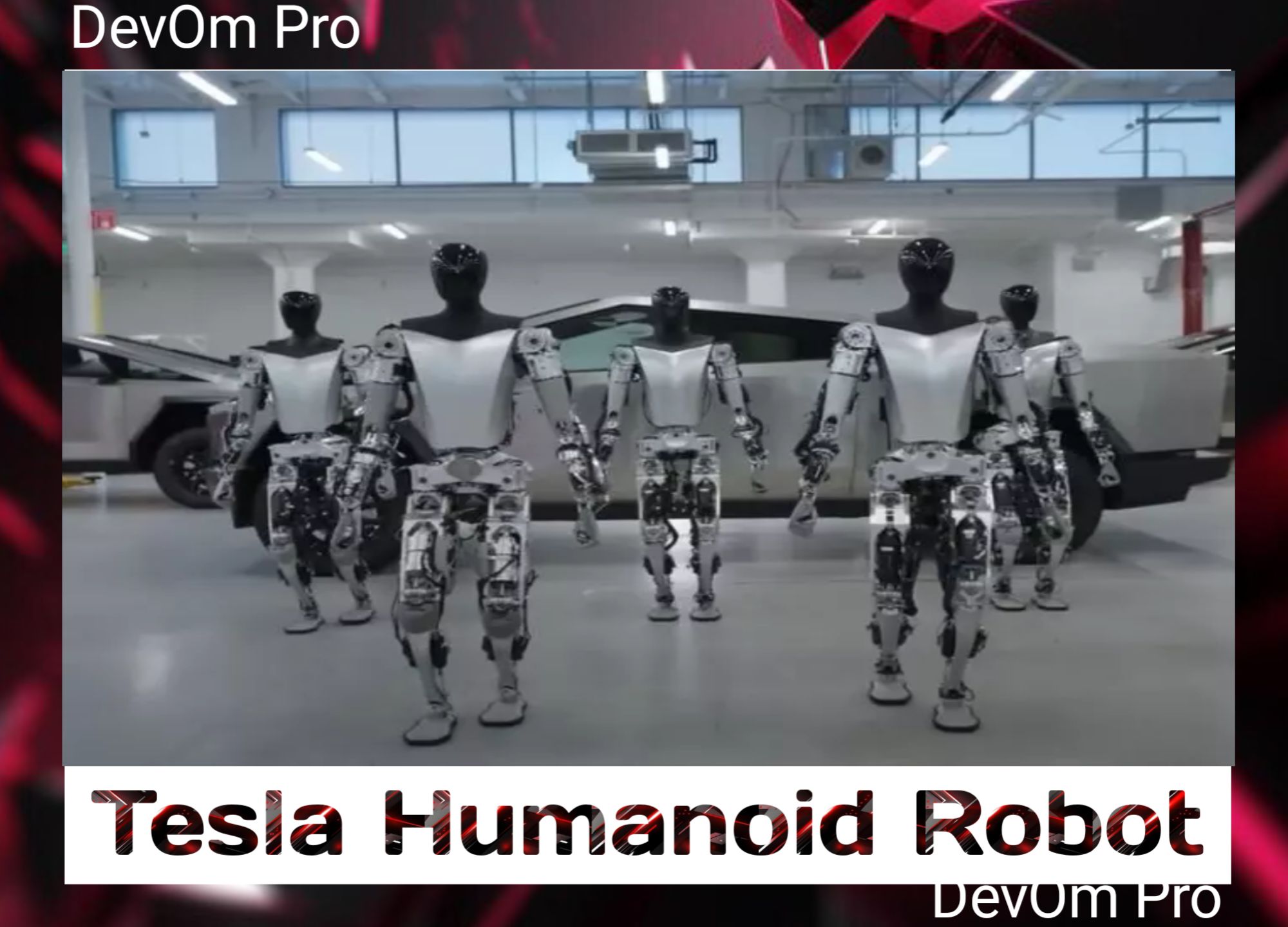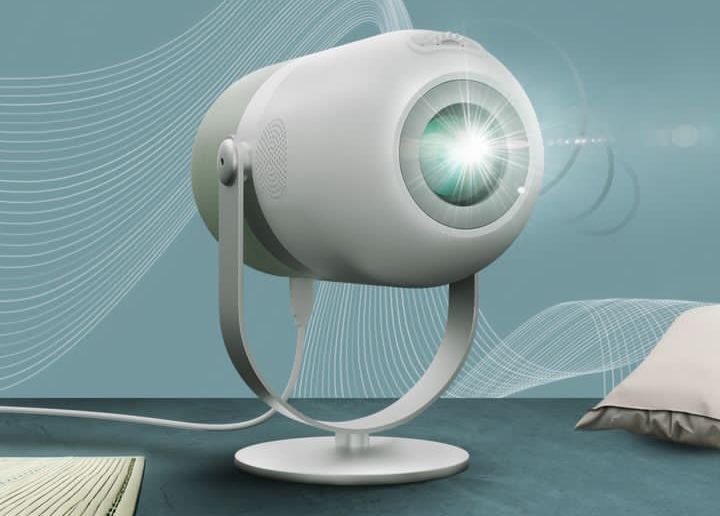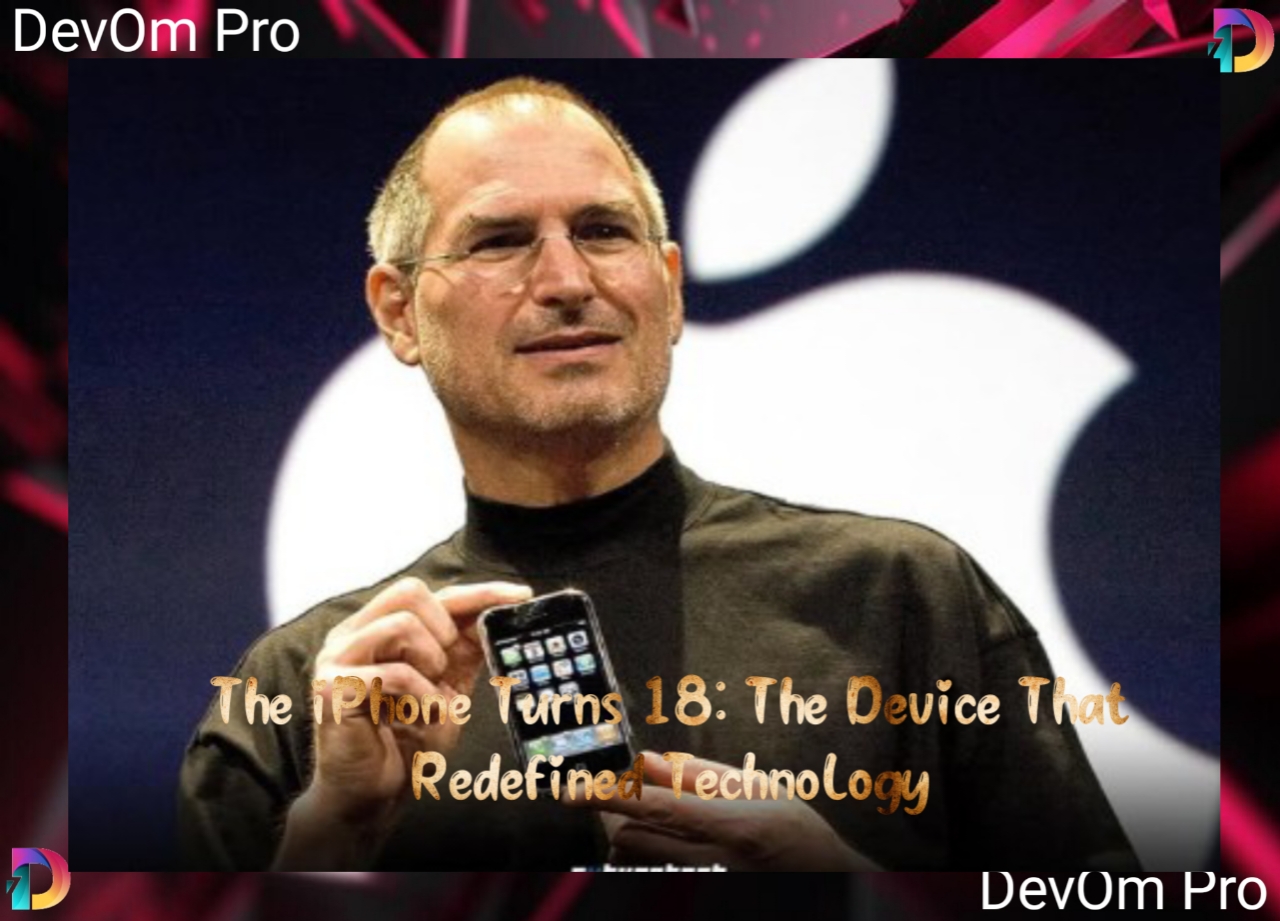In the ever-evolving world of technology, few names resonate as strongly as Elon Musk. The visionary entrepreneur, CEO of Tesla, SpaceX, and Neuralink, has made waves in industries ranging from electric vehicles to space exploration. His latest venture, however, is perhaps his most ambitious to date: the Tesla Optimus Humanoid Robot, designed to assist with household chores. This groundbreaking development marks a significant step toward robotic household automation, blending AI, engineering, and human-centric design to bring a futuristic assistant into homes worldwide.
Tesla’s Optimus humanoid robot was unveiled with a clear mission: to reduce the burden of mundane tasks for homeowners and to pioneer new ways in which Artificial Intelligence (AI) and robotics can be seamlessly integrated into daily life. This article delves deep into the technology, features, capabilities, and implications of Tesla’s Optimus, shedding light on how this innovation may forever change the way we live.
The Vision Behind Optimus: Elon Musk’s Leap into Robotics
Elon Musk is no stranger to ambitious projects, but his foray into robotics represents a new chapter in his pursuit of creating a more sustainable and automated world. The Optimus project stems from Musk’s long-held belief that many repetitive, physically taxing tasks humans perform can be outsourced to machines, freeing up time for creative, intellectual, or leisurely pursuits. During its unveiling, Musk highlighted the core philosophy behind Optimus: making AI useful for everyday tasks, and more specifically, applying the same AI driving Tesla’s self-driving cars to the creation of versatile robots.
Musk envisions a future where these humanoid robots perform not just household chores but also potentially dangerous or labor-intensive jobs. Optimus is designed to be affordable, ensuring that it becomes a widely accessible tool rather than a luxury item, thus shaping the future of labor and home life.
Core Features of Tesla’s Optimus
Optimus stands out for its impressive engineering, designed to mimic the physical capabilities of a human while being powered by advanced AI. Below, we examine the key features of Optimus in detail.
| Feature | Description |
|---|---|
| Size and Build | Optimus stands at 5’8″ (173 cm) tall, weighing 125 pounds (56 kg), with a human-like appearance. It features sleek metallic components that blend strength with lightweight materials, ensuring fluid motion and dexterity. |
| Mobility | Equipped with 21 degrees of freedom, Optimus can walk, bend, lift, and perform complex movements. The robot is designed to navigate around obstacles and adapt to various environments, thanks to Tesla’s Full Self-Driving AI. |
| Human-Like Hands | Optimus’s hands are designed with five fingers, each equipped with actuators and sensors to allow for intricate grasping and manipulation of objects. This gives the robot the ability to use tools, handle fragile items, and perform delicate tasks like folding laundry. |
| Energy Efficiency | Powered by a Tesla-designed 2.3 kWh battery, Optimus can operate for hours on end. The robot’s energy-efficient design ensures that it consumes minimal power during low-intensity tasks, making it sustainable for daily use. |
| AI and Neural Networks | Tesla’s AI neural networks underpin Optimus’s intelligence. The robot uses the same AI used in Tesla’s self-driving vehicles, allowing it to make decisions, adapt to changing environments, and learn new tasks over time. |
| Sensory Systems | Optimus is fitted with a range of cameras, sensors, and radar systems, enabling it to perceive its surroundings in 3D, recognize objects, and even identify human speech or gestures for intuitive interaction. |
| Safety Protocols | Safety is a priority for Tesla, with Optimus featuring force and pressure sensors to prevent accidental injuries. Its AI is programmed with strict ethical guidelines, ensuring it operates within safe and pre-defined parameters. |
Capabilities of Optimus: A Comprehensive Overview
Tesla’s Optimus robot is designed to be a multi-functional assistant capable of handling a wide array of tasks within the home. These range from the simple to the more complex, ensuring that the robot can truly become an integral part of any household.
Basic Chores
One of the primary selling points of Optimus is its ability to take over daily household chores. These are tasks that often consume a significant portion of our time and energy. Optimus is adept at handling activities such as:
- Vacuuming and Sweeping: Equipped with the ability to recognize different surfaces, Optimus can clean floors efficiently, whether hardwood, tile, or carpet. It can move around furniture, pick up dirt, and dispose of it.
- Dishwashing: Optimus can load and unload dishwashers, ensuring that your kitchen remains spotless without human intervention. It can handle delicate items like glasses and plates without causing damage.
- Laundry: From sorting clothes to folding them, Optimus can take charge of the entire laundry process. With its nimble fingers and AI-driven accuracy, the robot ensures that your clothes are neatly folded and stored.
- Making Beds: Optimus has the dexterity to handle linens, straighten blankets, and fluff pillows, making sure your bed is made to perfection every day.
Personal Assistance
Optimus can function as more than just a chore bot. With its speech recognition capabilities, it can serve as a personal assistant, much like a futuristic version of virtual assistants like Siri or Alexa:
- Setting Reminders and Alarms: Optimus can help you organize your day by setting reminders for appointments, tasks, and important events. It can also set alarms and notifications for daily routines.
- Answering Queries: Linked to Tesla’s vast database and AI learning capabilities, Optimus can answer general knowledge questions or even provide weather updates and news briefings.
- Shopping Assistance: By syncing with online shopping platforms, Optimus can order groceries or household supplies when necessary, ensuring that your pantry is always stocked.
Assisting the Elderly and Disabled
Optimus has the potential to become a life-changing innovation for elderly or disabled individuals. By handling tasks that may be physically difficult, Optimus can offer assistance with:
- Reaching High Shelves: For those who struggle with mobility, Optimus can fetch items from high places, reducing the risk of falls or injuries.
- Carrying Heavy Objects: Whether it’s groceries or laundry baskets, Optimus can carry heavy items around the home, lightening the physical burden on its owner.
- Mobility Aid: In addition to fetching objects, Optimus can offer physical support, such as guiding or assisting someone with walking.
The Role of AI in Optimus: Beyond Automation
The heart of Tesla’s Optimus humanoid robot lies in its Artificial Intelligence, which not only enables the robot to perform pre-programmed tasks but also to learn and adapt over time. Leveraging the same AI neural networks that Tesla uses in its autonomous vehicles, Optimus is capable of:
Learning New Tasks
One of the most impressive features of Optimus is its machine learning capabilities. Unlike traditional robots that require detailed programming for each task, Optimus can learn through observation and repetition. For example, if you show Optimus how to perform a new chore, such as watering plants, it can replicate that behavior and optimize the process based on its experiences.
Adaptive AI
The AI at the core of Optimus allows it to understand its environment and make adjustments in real-time. For instance, if it detects that a specific room is more cluttered than usual, it will adapt its cleaning patterns accordingly. This level of contextual awareness is what sets Optimus apart from other robotic assistants.
Emotional Intelligence
Tesla is also working on integrating emotional intelligence into Optimus. While the initial versions of the robot are primarily task-oriented, future iterations are expected to interact with users on an emotional level. This could involve recognizing emotional cues, responding to stress or anxiety with comforting actions, and even initiating conversations that uplift the mood of its owner.
Impact on Labor: The Future of Work in a World with Optimus
The introduction of Tesla’s Optimus humanoid robot has raised important discussions about the future of work and the impact of robotic automation on the labor market. While some fear that increased automation may lead to job displacement, Musk argues that Optimus will complement human efforts rather than replace them.
Job Displacement vs. Job Creation
The debate around robots replacing human jobs is not new, but Optimus brings it to the forefront. In industries such as manufacturing, retail, and logistics, robots have been slowly taking over repetitive and physically demanding tasks. While some jobs may be automated, Musk has consistently advocated for the idea that automation will create new opportunities. Optimus is designed to perform tasks that humans often avoid or find exhausting, thereby freeing up human workers to focus on more skilled, creative, and intellectual roles.
Enhanced Productivity
The introduction of robots like Optimus could revolutionize household productivity. For those balancing work, family, and other responsibilities, having a robotic assistant perform menial chores will provide more time for leisure, creativity, and self-improvement. The productivity boost from eliminating chores may also lead to increased well-being, with individuals experiencing less stress from managing household tasks.
Uplifting Quality of Life
Optimus will undoubtedly have a profound impact on the quality of life, especially for those who are physically unable to perform certain tasks. With the growing aging population globally, the need for assistance with household chores and caregiving is more critical than ever. Optimus offers a potential solution to alleviating caregiving burdens for families and enabling elderly individuals to live more independently.
The Ethical Implications of Robotics in Daily Life
As robots like Optimus become integrated into our homes, new ethical questions arise regarding their use, the privacy concerns, and the relationship between humans and machines.
Data Privacy and Security
Optimus will be powered by a constant stream of data, including information about your home, habits, and preferences. Tesla has assured users that data privacy will be a priority, with encrypted systems preventing unauthorized access. However, as with any device connected to the internet, there is always a risk of cyberattacks. Tesla will need to implement strict security measures to ensure that Optimus’s data cannot be exploited.
Human-Robot Interaction
The growing reliance on robots may alter the dynamics of human interaction. While Optimus is designed to be helpful, there are concerns about over-reliance on robots for companionship, leading to a possible decline in human-to-human relationships. Ethical guidelines surrounding the use of humanoid robots will need to address these issues, ensuring that robots serve as assistants rather than replacements for human connection.
Moral and Ethical Decision-Making
As Optimus becomes more intelligent, it will be required to make decisions autonomously. Questions arise regarding the moral framework that governs these decisions. For example, in a potential household emergency, how will Optimus prioritize actions? Tesla will need to program clear ethical guidelines, ensuring that the robot makes decisions that align with human values and safety.
The Future of Robotics: What’s Next for Tesla and Optimus?
While Optimus represents a groundbreaking achievement, it is just the beginning of Tesla’s ambitions in the robotics space. Elon Musk has indicated that future versions of Optimus will feature enhanced AI, more sophisticated movement capabilities, and even deeper integration with smart home ecosystems.
Interconnected Smart Homes
Optimus is expected to integrate with Tesla’s energy and automation ecosystems, connecting seamlessly with other devices like solar panels, Tesla’s home battery systems, and smart devices. The vision is to create a fully automated home where Optimus is the central node that manages energy consumption, security, and home maintenance.
Advanced AI for Specialized Tasks
Future iterations of Optimus may specialize in tasks beyond the household. Factory floors, warehouses, and even healthcare facilities could benefit from robots with more advanced AI and task-specific programming. Tesla’s long-term goal is to create robots that can perform any task humans currently undertake, from administrative duties to high-level decision-making.
Collaboration with Other Tech Giants
As Optimus evolves, Tesla may collaborate with other technology giants in the AI and robotics space. By pooling resources and knowledge, companies like Google, Amazon, and Microsoft could work alongside Tesla to accelerate advancements in AI-powered robots, ensuring that they become more reliable, affordable, and beneficial to humanity.
Conclusion: A New Era of Home Automation with Tesla’s Optimus
The unveiling of Tesla’s Optimus humanoid robot is more than just another technological advancement; it is a glimpse into a future where robots assist with every aspect of daily life. From performing household chores to enhancing productivity and quality of life, Optimus stands poised to revolutionize how we live and work.
Elon Musk’s vision of a fully automated world, where AI and robotics free humanity from mundane tasks, is slowly becoming a reality. As Tesla continues to push the boundaries of innovation, it is clear that Optimus is just the beginning of what promises to be a technological revolution that will shape the future of society. Whether it’s assisting with household chores, providing care for the elderly, or augmenting productivity, Optimus symbolizes the dawn of a new era: the era of home robotics.




